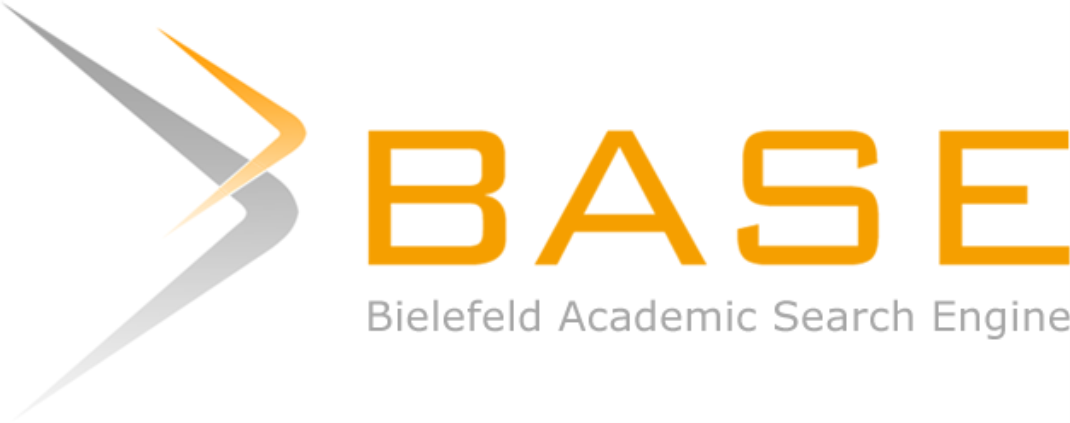-
365
-
111
-
97
-
89
-
74
Focus and Scope
- Quality and Reliability Engineering (QRE) Includes tools and techniques for engineering products in the goods industry and service industry. QRE to prevent product errors or defects. While in the process of the service industry to avoid problems in providing the best service solutions to customers, includes:
- Variable control charts (x-chart, r-chart, s-chart, exponentially, moving range)
- Attribut control charts (p-chart, np-chart)
- Rectifying inspection
- Design of experiments (ANOVA, factorial design, random factors in experiments)
- Response surface methodology (robust design, cross array design, taguchi method)
- Lean six sigma (DPMO, DMAIC, DMADV)
- Failure analysis, Maintenance (sensors applications, preventive maintenance, group replacement)
- Machine learning methods for analysing degradation data
- Facilities Engineering and Energy (FEC) untuk Facilitis Engineering about resources to support the optimal production and distribution of goods and services. Meanwhile, energy related to power / power sources is needed for production activities, such as renewable power, as well as waste innovation for energy in production, includes :
- Material handling system design, Order picking methods
- Warehouse layout models, Facilities maintenance management systems
- Design for racks and blockstacking
- Biomass energy, energy storage for production/ distribution
- Enegy modelling, energy planning and life cycle energy for production/ distribution with linear or non linear programming
- Operation Engineering (OE) deals with production engineering closely with mathematical models to achieve optimizing limited resources in meeting user needs, includes:
- Life cycle product, service and process
- Forecasting models, trend based, seasonal series
- Aggregate planning and control for manufacturing systems
- Job shops, Just in time, work schedules
- Inventory management and control, voice of customer
- Master production schedule, multiline optimizaton, enterprise resource planning
- Green supply chain, supply chain 4.0, reverse logistics, supplier risk
- Machine learning methods for operation
- Operation modelling, transport algorithm, production scheduling algorithm
- Optimization problems (linear, non liniear and constraint programming) in operation
- Technology – Ergonomic and Human Factors (TEHF) closely with design, devices and equipment that are technologically compatible with the human body and cognitive, include:
- Anthropometric (musculoskeletal disorders, human variability, designing for everyone)
- Occupational biomechanic, cardiovascular system, physiology in work system
- Ergonomic Cognitif 4.0 (task demand, mental capacity, usability engineering)
- Vision, lighting, hearing, sound, noise, vibration in work system
- Ergonomic interventions, psychological factors, risk factors, displays and controls system














